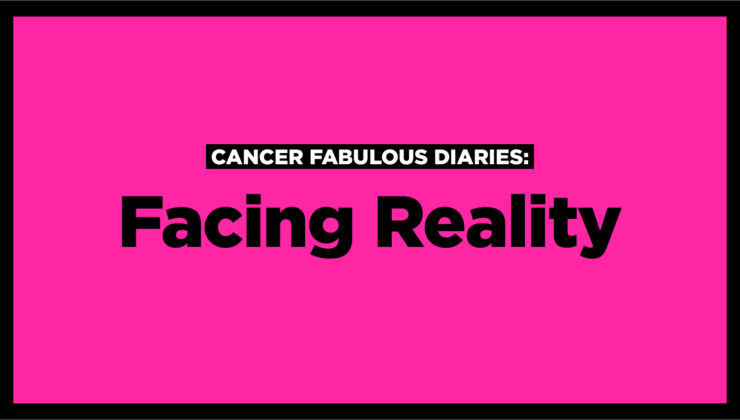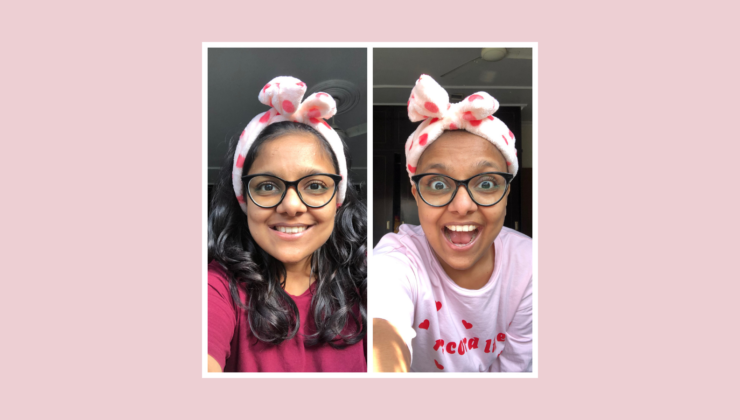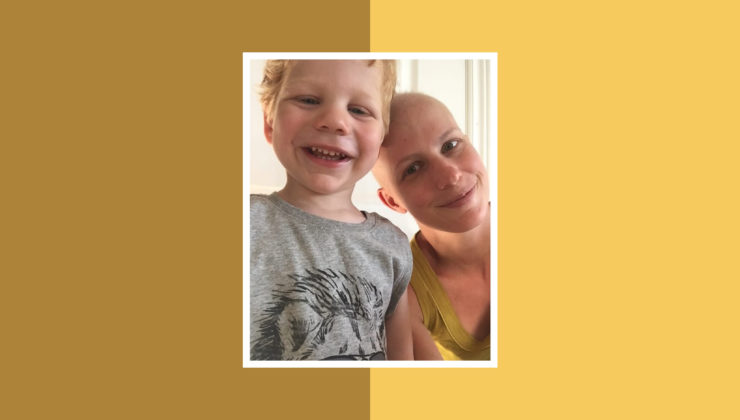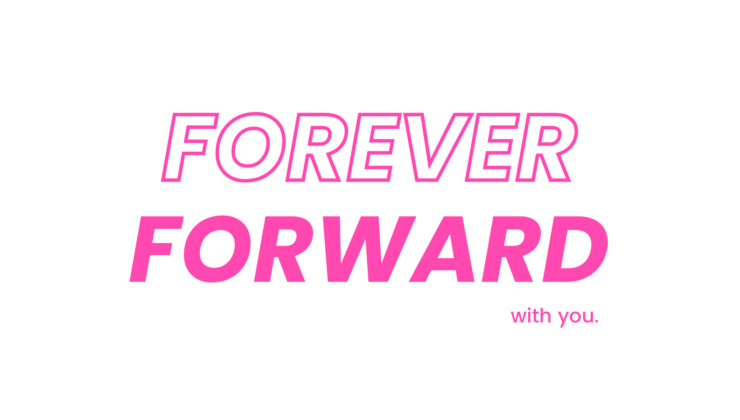How To Keep Your Body Safe When Working From Home

Whether this is a new situation because of the pandemic or something that’s always been part of your job, working from home can provide a lot of great benefits. Who doesn’t want days when pyjamas can be acceptable office attire? But there are also increased risks associated with an ‘at home’ office. You may have a dedicated room, a countertop that’s become your desk, and a dining room chair that’s now part of your office furniture. But if you haven’t considered the role of ergonomics in your workspace design, you could be at increased risk for symptoms such as aches, pain, and tightness. Add on a breast cancer diagnosis and you’ll have even more unique considerations when setting up your home office.
What is Office Ergonomics?
When you sit down to work, do you adjust your body to your workspace or your workspace to your body? If it’s the latter, then you need some ergonomic advice.
Ergonomics is about keeping your body safe as you work. It’s not about a curved keyboard or a funky-shaped mouse.
Office Ergonomics matches the tools you need to work to your body’s shape and size. This improves productivity and decreases the stress on your body by helping you maintain proper body alignment and neutral postures.
If you have to manipulate your body to reach something on your desk, reach the keyboard, or to view the monitor, it’s the opposite of good ergonomics. Implementing a good ergonomic strategy means you can stop fidgeting and start feeling better.
Should You Consider Ergonomics?
Does the arm rest of you chair hold you up as you’re typing? Do you bend your neck or lean forward to see your laptop screen? Does it take a Cirque de Soleil style move to access a file, folder, or notepad?
You probably haven’t given much thought to the positions your body needs to work but you may be feeling the affects.
If you’ve felt tightness in your neck, burning in your mid back, aching in your low back, and numbness, pins and needles in your hands, you’ve experienced symptoms associated with a poorly designed workspace.
These aches and pains are how your body ‘talks’ to you and lets you know when something’s wrong. Ignoring the symptoms and ‘pushing through’ not only can turn an acute problem into a chronic issue, but it can increase the risk for secondary issues including mental stress and physical injury.
The Long-Term Risks Of Poor Ergonomics
When poor work postures become part of your daily routine, your body accommodates for your choices and automates these positions. They become a ‘natural’ way for you to perform your work tasks, even though these positions increase the risk of symptoms and injury.
Poor posture not only effects the musculoskeletal system (joints, muscles, tendons, ligaments) but the lack of alignment also affects:
- productivity
- energy levels
- cognitive skills
- mood
- mental health
Long-standing /chronic pain is not just a physical issue, it can affect your daily mood and mental health, including symptoms associated with anxiety and depression.
Survivorship and Ergonomics
Breast cancer survivors may not be aware of how treatment has affected their posture. Postural changes occur because of:
- ongoing tightness in the pectoral muscles
- changes in breast size, shape, or symmetry
- weak / overused shoulder muscles
- compensatory postures that strain the neck muscles
- weakness in the mid back
- deconditioned core muscles
- tight fascia in the fingers and hands
- lymphedema
- poor range of motion
- muscle fatigue
Breast cancer survivors can struggle to find proper body alignment after treatment, which can increase the symptoms associated with poor office ergonomics. It’s important to ensure a properly designed work station using sound ergonomic strategies, but modifications have to be considered for those who have not yet achieved proper body alignment and neutral postures. These modifications include adjustments for personal comfort that put the least amount of strain on the body. The goal is to get as close to alignment as possible to allow the muscles a position of rest and to decrease fatigue.
This lack of alignment is a big reason for continued fatigue because the body is constantly working. It never shuts off because the muscles and joints are always firing, always working to sustain and hold a body position that’s not neutral. That takes a lot of work. And your body has a finite amount of energy before it just feels burnt out and needs to rest.
What Your Body Needs
Your body wants to be in neutral. It LOVES neutral.
Why?
Because it doesn’t have to work in neutral. It’s resting. No strain on the muscles, no pulling on the joints and no added energy expenditure.
The moment you move out of neutral, your muscles start working and using up energy.
So if you’re out of neutral, working away on your laptop, your keyboard, your paperwork, your body is working away right along with you.
And at some point your body has to give up. It gets tired, tight, and sore. It only has so much energy and output that it can give before it fights back with tightness and starts giving you signals. Those aches and pains are a reminder to switch positions so the muscles can have a break.
How do you avoid this body burnout?
By making sure your day provides muscles some time off to relax and recharge. This requires neutral postures during your work day.
Setting up a workstation that allows your spine to sit with its natural curve, your neck to maintain a nice neutral position, and your arms at your sides as you type, not only lets your body feel better, but decreases risks of acute and chronic injuries.
And the bonus?
You use less energy because less muscles are required to maintain neutral postures. This equates to a decrease in both physical and mental fatigue. When you can work without the constant nagging aches and pains, you no longer have the mental stress that occurs when you feel like you’re fighting to get work done.
The adjustments to your home office should occur after you’ve worked on your body alignment. And as you continue to progress with your physical goals, you office can adjust along with you. There is no one-size-fits-all approach to ergonomics because everyone has a different posture, different size, and different shape. Ergonomics is personal.
Ergonomics Support for Breast Cancer Survivors
Wondering whether you need to implement some ergonomic strategies at your home office? Then I invite you to review the following statements and answer honestly with a Yes or No.
- Sitting in my chair is comfortable and I don’t need to shift my position very often.
- My monitor/laptop screen is positioned so that I rarely get neck pain or eye strain.
- Using devices such as a keyboard and mouse causes tingling and numbness in my hands and fingers.
- I rub my neck throughout the day trying to decrease muscle pain and tightness.
- I can feel the muscles in my neck start to get sore as I view my screen.
- I feel my upper back start to fatigue as I continue to reach for the keyboard.
- I get cramps and pain in my shoulders and stop keying to let my arms hang at my sides to try and decrease the pain.
- My upper traps (side neck muscles) get so tight my fingers naturally reach up and massage these muscles as I’m reading.
- I pause frequently and find it difficult to complete any work without taking breaks by shifting in my chair, getting up, or changing positions.
- My focus is limited and I get frustrated with tasks longer than responding to an email.
If you answered Yes to just two questions (and you KNOW which two) you’re an Ergonomic Rock Star. If you had a Yes response to one or more of questions 3 through 10, ergonomics can help you decrease pain, improve productivity, and have more energy at the end of the day.
Where to Focus Your Attention
Because of the variety of side effects from breast cancer treatment, it’s even more important to be aware of your posture, body positioning, muscular fatigue, and overall health. Health is an encompassing word that relates not just to the body, but to emotional and mental well being. Mental health is directly linked to your body’s immune response, so working to decrease physical and emotional stress is essential for overall well-being.
The following stretches address ergonomic concerns specific to breast cancer survivors. These stretches target specific “pain zones” and help to:
- decrease muscular tightness
- work on symmetry and alignment
- reduce the risk of spasms
- allow a natural flow of the lymphatic system
- relieve tension
- improve joint mobility
- allow better breathing
- and reduce stress.
Adding these stretches to your workday also helps to decrease your heart rate, improve productivity, lower your cortisol level, relax your muscles, improve body mobility, teach your body how to align, and improve your mood allowing a better outlook for the day.
Ready to Get Started? Then watch this video where I demonstrate my seven favourite stretches for people with breast cancer who are working from a home office. New to stretching? Review on stretching basics to make sure you’re staying safe and getting the best results here.

Marian Barnick is a Registered Kinesiologist and Movement Specialist. After receiving her degree from University of Waterloo, she continued her education with Certifications from Roy Matheson and Associates, Gray Cook and the Functional Movement Systems, and the Center for Research on Pain and Disability to name a few.
Over the past 25+ years Marian has worked with thousands of patients providing impactful change. Her expertise in movement evaluation allows her to develop specific corrective strategies that support the body with proper alignment, better energy flow, and enhanced function at work, play and sport. The physical transformation encourages positive changes to emotional and mental health.
Marian works with clients who want to reach their best potential and focuses on supporting breast cancer survivors, high performance athletes, and women who struggle with balance in their lives.








